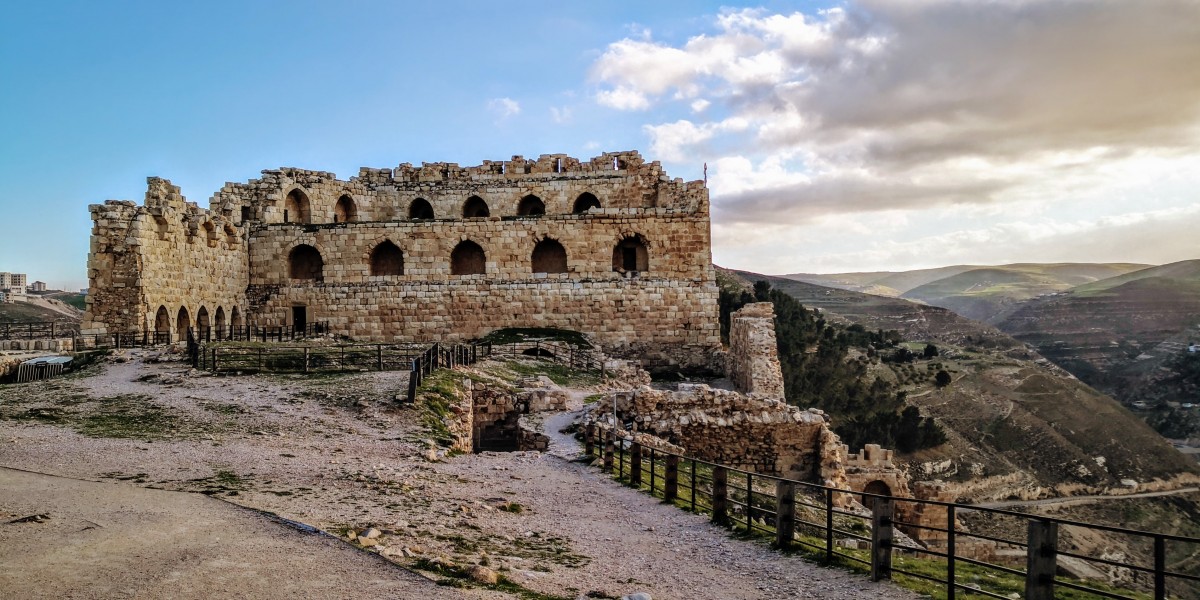Al Karak
Whether you approach Karak from the ancient Kings Highway to the east or from the Dead Sea to the west, the striking silhouette of this fortified town and castle will instantly make you understand why the fates of kings and nations were decided here for millennia. An ancient Crusader stronghold, Karak sits 900m above sea level and lies inside the walls of the old city. The city today is home to around 170,000 people and continues to boast a number of restored 19th century Ottoman buildings, restaurants, places to stay, and the like. But it is undoubtedly Karak Castle that dominates.What to see & do
Tour details
- KARAK CASTLE Karak Castle is a dark maze of stone-vaulted halls and endless passageways. The best preserved are underground and can be reached via a massive door (ask at the ticket desk). More imposing than beautiful, the castle is nevertheless an impressive insight into the architectural military genius of the Crusaders. With some care, you can walk along the crenellated top of the West Front wall and admire the sweeping view. On clear days, you can look across the Dead Sea and see all the way to the Mount of Olives bordering Jerusalem.
- KARAK CASTLE PLAZA Outside the castle, visitors can visit the Castle Plaza, where beautiful 19th century Ottoman administrative buildings have been redesigned to house a tourist center, with restaurants, a crafts center and other facilities grouped around a central plaza.
- KARAK ARCHEOLOGICAL MUSEUM The Karak Archaeological Museum was established inside the old castle, which has remains from the Moabite period in the first millennium BC, going through the Nabataean, Roman, Byzantine, Islamic and Crusader periods. The museum was opened in 1980. The main part of the museum is a large hall in a vault of the castle, used as living quarters for soldiers in the Mameluk period. The collections date from the Neolithic up to the late Islamic periods and come from the Karak and Tafila regions. Among the sites is Bab Adh-Dhra’, famous for its Bronze Age burials. The museum houses remains of skeletons and pottery from the Bab Adh-Dhra' graves; Iron Age II artefacts from Buseirah; Byzantine glass vessels and inscriptions, and Roman and Nabataean artefacts from Rabbah and Qasr.





